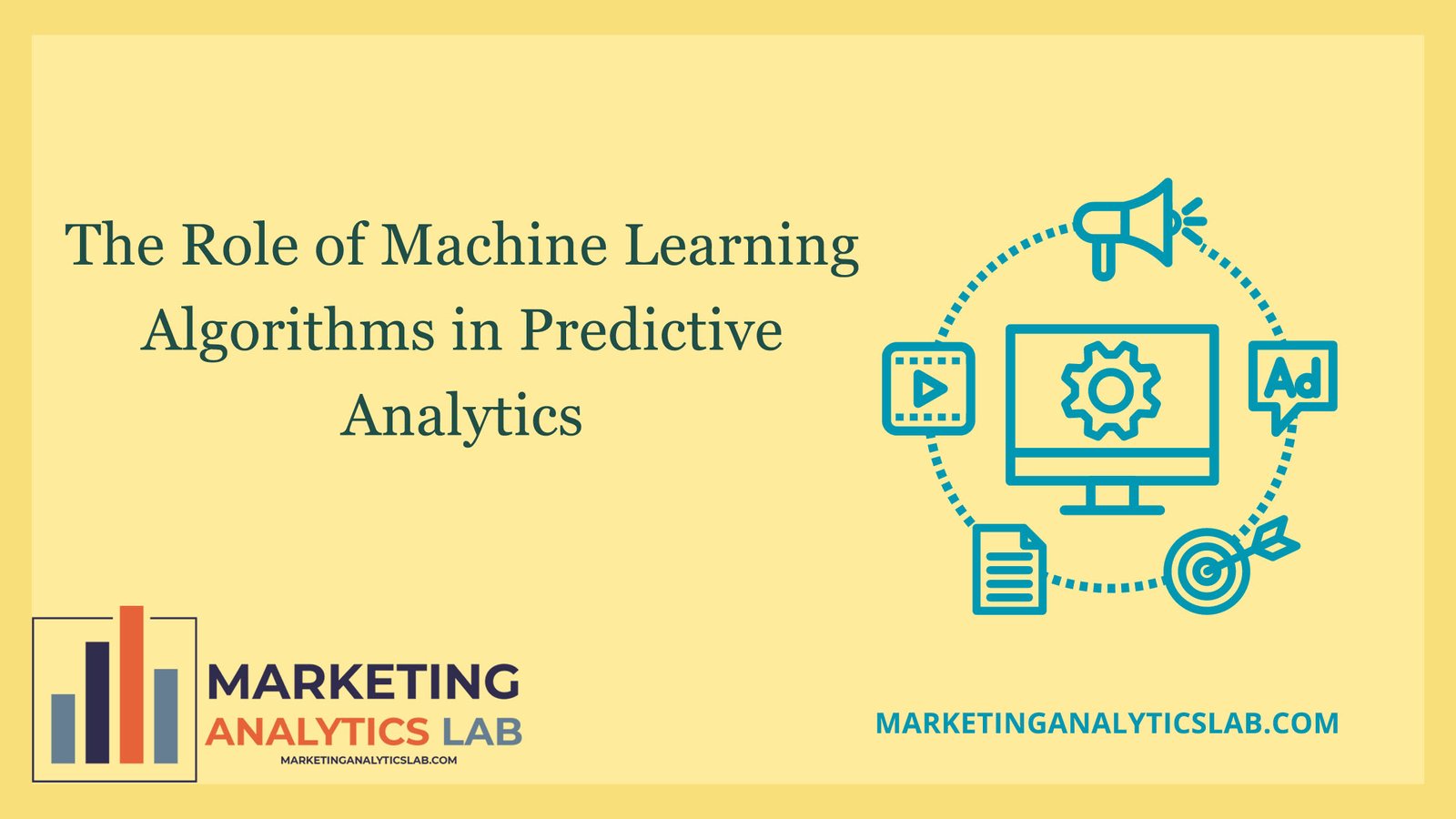The Role of Machine Learning Algorithms in Predictive Analytics
Understanding the Significance of Machine Learning Algorithms
Machine learning algorithms play a crucial role in predictive analytics by enabling computers to learn from data and make predictions without being explicitly programmed. These algorithms use statistical techniques to identify patterns in data and make accurate predictions about future events. By analyzing historical data, machine learning algorithms can identify trends and patterns that can be used to forecast outcomes, helping businesses make informed decisions and optimize processes. The ability of machine learning algorithms to continuously learn and improve their predictions over time makes them invaluable tools in predictive analytics.
One of the key benefits of using machine learning algorithms in predictive analytics is their ability to handle large and complex datasets. Traditional statistical methods may struggle to analyze massive amounts of data and identify relevant patterns, but machine learning algorithms can easily process vast amounts of information and extract valuable insights. This scalability makes machine learning algorithms ideal for businesses that need to analyze huge volumes of data to make predictions about customer behavior, market trends, or other variables that impact their operations.
Another significant advantage of machine learning algorithms in predictive analytics is their ability to handle non-linear relationships and complex interactions between variables. Traditional statistical models often assume linear relationships between variables, which may not accurately capture the complexities of real-world data. Machine learning algorithms, on the other hand, can detect and model non-linear relationships, interactions, and dependencies within the data, leading to more accurate predictions. This flexibility and adaptability make machine learning algorithms powerful tools for businesses seeking to uncover hidden patterns and insights in their data.
Implementing Predictive Analytics with Machine Learning
Implementing predictive analytics with machine learning involves several key steps, including data collection, data preprocessing, model training, evaluation, and deployment. The first step is to gather relevant data from various sources, such as customer interactions, sales transactions, or website behavior. This data must then be cleaned and preprocessed to remove any errors, missing values, or outliers that could negatively impact the accuracy of the predictions.
Once the data is prepared, machine learning models can be trained using algorithms such as linear regression, decision trees, or neural networks. These models are trained on historical data to learn patterns and relationships that can be used to make predictions about future events. The performance of the models is evaluated using metrics such as accuracy, precision, recall, or F1 score to ensure they are generating reliable predictions.
Finally, the trained models are deployed in a production environment where they can be used to make real-time predictions and drive business decisions. Predictive analytics powered by machine learning algorithms can help businesses optimize marketing campaigns, improve customer satisfaction, detect fraud, or forecast demand, among other applications. By leveraging the power of machine learning algorithms, businesses can gain valuable insights from their data and make data-driven decisions that drive growth and success.

